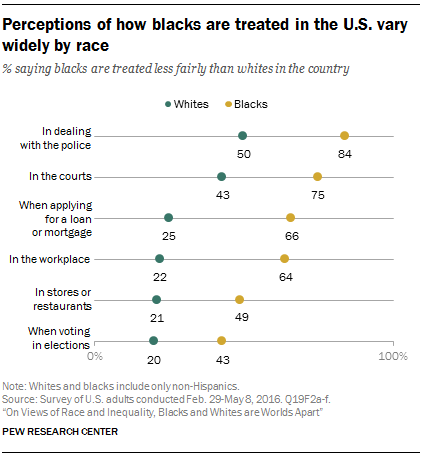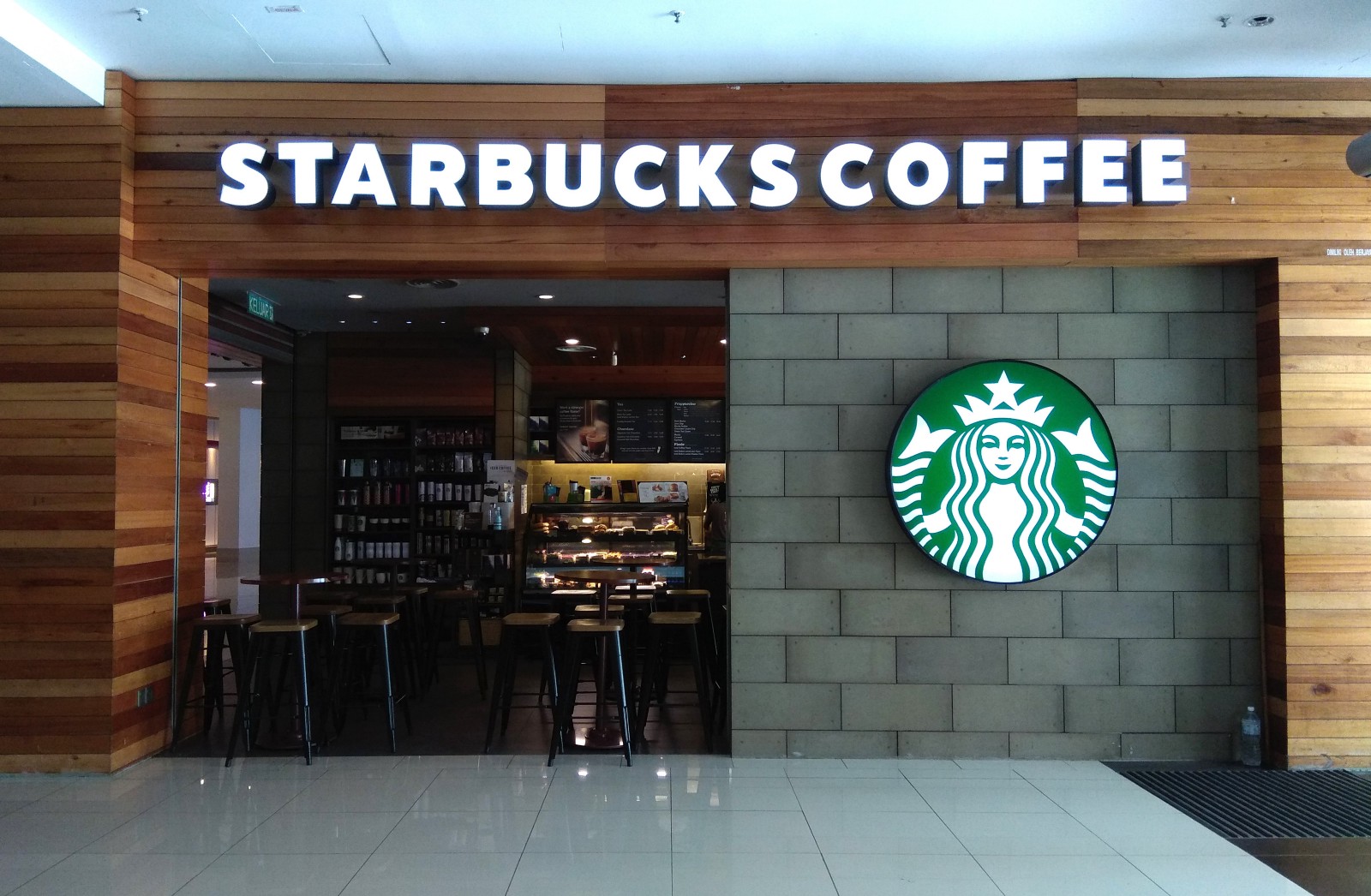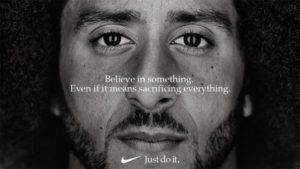2018 was filled with these headlines:
“Boeing employee wins racial discrimination award”
“Google settled racism case from contractor ‘treated like a terrorist’’’
“Starbucks vows ‘unconscious bias training’ after having 2 black men arrested”
I’m not surprised that in 2018 we continued to see corporate discriminatory acts in U.S. headlines. With every incident the corporate responses were pretty analogous giving the semblance that each company studied from the same Crisis Response 101 playbook:
1) Acknowledgement of both corporate and public concerns about the incident
2) Reiteration of the company’s current corporate policy and that the incident contradicts their corporate values
3) A commitment to cooperating with all investigations and review of current deficiencies in corporate training programs
I will say of all the companies in the headlines, Starbucks is the only company whose actual CEO took to social media to immediately apologize and implemented follow-up remedial action with closing 8000 stores for implicit (or unconscious) bias training. However, is the problem of corporate discriminatory practices a training deficiency? Well, statistical data suggests there are conflicting views of whether or not there is a real racial discrimination problem in this country altogether.
According to a 2016 Pew Research Center national survey, there are huge disparities between blacks and whites regarding the perceptions of how blacks are treated in the U.S. In the survey, 50% of whites are more likely to say that blacks are treated less fairly than whites in dealing with the police compared with 84% of blacks. Only 22% of whites are more likely to say that blacks are treated less fairly in the workplace compared with 64% of blacks, a difference of 42 percentage points. In stores or restaurants 21% of whites vs 49% of blacks.

Based on the statistics, the biggest challenge I see is it’s near impossible to address unfair practices if our workforce is filled with people who refuse to even see that a problem actually exists. I’m reminded of an incident that occurred in February 2018. I was with a white colleague who reports to me and we were pulled over by a NYC cop. The reason I was pulled over was absolutely in line with the law. I was stopped at a light but I had my cell phone in my hand looking for directions to our meeting which was a violation of their hands-free policy. It was completely off my radar because I was lost. The hostility that went with it, him banging on my driver side window and yelling aggressively wasn’t necessary. It scared my associate so much that when I suggested we get our portfolios out of the trunk while we wait for him to run my license and tags she refused to let me get out of the car in fear of my safety and literally said these words “You were dressed nicely, you weren’t disrespectful, I don’t understand why he was so hostile… please let me get the portfolios, he won’t mess with me…I’m white.”
I had no issues with getting pulled over. I was rightfully pulled over. Was the cop a jerk about it? Yes. My issue was the embarrassing reality of her words and frequent hostility between African Americans and police officers in this country. In that moment, all I could think of was my responsibility to keep myself mentally and emotionally focused as her leader and I could not allow the incident to distract me from delivering a kick butt sales performance afterwards (the meeting was a success by the way!).
What followed was a very important, healthy and honest discussion on race relations in our society so much so that she gave me permission to post our video on my Facebook page. What also followed was a comment from a former white colleague employed at a different company who tried to derail the healthy dialogue with sentiments of ‘if you guys don’t break the law you won’t get pulled over.’ She, like many, chose not to focus on the real issue. Can I say for sure that the cop’s hostility was racially induced? No, I cannot. Was race a question in my mind and in my current colleague’s mind for the first time in her entire life? Yes. That’s the issue.
Starbucks’ discrimination incident in April of 2018 made international news. According to the 2 men who were arrested, they were at the Starbucks for a real estate business meeting. Shortly after arriving one of the gentlemen asked a Starbucks manager to use the restroom and was told the restrooms were for paying customers. He then sat down for the meeting. Afterwards, the manager then asked if they were going to order anything. When they declined the police were called. The police asked them to leave and they were subsequently taken into custody.
Even though the viral Starbucks video showed white patrons saying, “they didn’t do anything wrong, I saw the whole thing,” “I come here a million times and haven’t paid, it’s discrimination,” there were people who refuse to acknowledge that, in this case, calling the police was not only a direct contradiction to the company’s culture and promotion on their website as a “neighborhood gathering place” where people come to “chat, meet up or even work” but it also fits the textbook definition of discrimination “biased outlook, action or treatment” as this action was not a standardized practice applied to all non-paying customers at that store.
I was looking through the Starbucks twitter feed during the arrest incident and one follower tweeted “…There’s a problem of loitering, not a racial problem.” Another tweeted, “Well they wouldn’t get arrested if they left when they were politely asked to.”
So in the midst of unconscious bias training, statistically speaking, companies such as Starbucks will have employees on one end of the spectrum who are completely disengaged in these training sessions because they think the company is overreacting and is hypersensitive to race relative to corporate policies. On the other end of the spectrum they’ll have employees who have experience in dealing with wide spread marginalization such as African Americans and Hispanics who may have a high level of disengagement in the training because they bear the brunt of biased actions, so subconsciously for some and maybe consciously for others, this training doesn’t apply to me.
And somewhere in the middle of the spectrum there is a positive impact of at least awareness being made with unconscious bias training.
I recently spoke with a local Starbucks barista and asked her if the training was effective. Her response, “I think it was helpful for some people but it was surface and didn’t get to the real issue.”
According to the Pew Research Center study, blacks and whites differ on their opinions of their approaches to improve race relations. Among whites, more than half believed the focus should be on what different racial and ethnic groups have in common (57%) versus differences (26%). Among blacks, almost as many believed the best approach was focusing on similarities (45%) as believed the focus should be on differences (44%).
The challenge with focusing primarily on similarities among racial and ethnic groups is it’s inherently egotistical. This approach says I am the standard and my value of others is rooted in how they are similar to me or my standard.Focusing on both similarities and differences says I not only value how we’re the same but I also value what makes us different. Those differences have just as much worth and importance as the similarities.
The real issue is much bigger than deficiencies in corporate policies and training initiatives. The real issue is nasty, it’s ugly, and it’s uncomfortable.
It was extremely uncomfortable to hear those words from my white colleague. It was extremely important for those words to have been spoken.
I believe creating avenues for open, honest and constructive dialogue about race relations is a courageous step towards tackling the deeper, real issue. It starts with leaders who are willing to be both bold and uneasy. Until then, we’ll need to prepare for more egregious events and more lawsuits.


Good Post GiGi!
Thanks James!!